greenhouse heating with hot water tubing
butterflysky
17 years ago
Related Stories
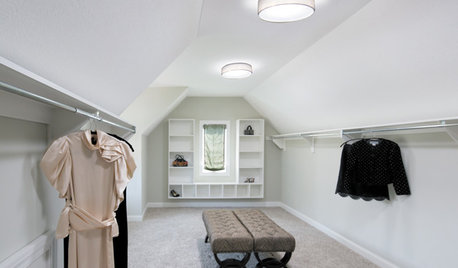
GREAT HOME PROJECTSHow to Add a Skylight or Light Tube
New project for a new year: Increase daylight and maybe even your home’s energy efficiency by opening a room to the sky
Full Story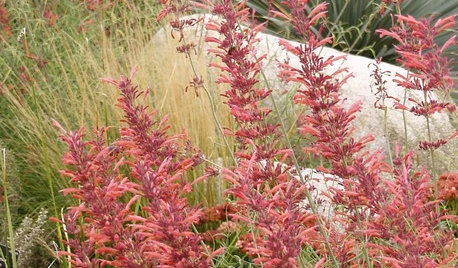
FLOWERS AND PLANTSAgastache Rupestris, a Heat-Loving Hummingbird Magnet
Threadleaf giant hyssop adds color and fragrance to late-summer and fall xeric gardens
Full Story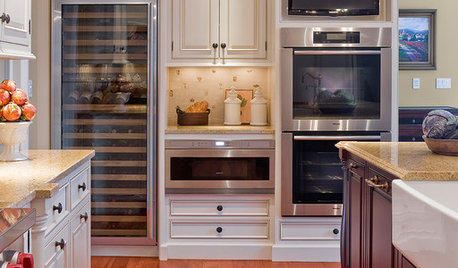
KITCHEN DESIGNGlued to the Tube: 14 Ways to Put a TV in the Kitchen
If you must, here's how to work a flat screen into your kitchen design
Full Story
FLOORSFloors Warm Up to Radiant Heat
Toasty toes and money saved are just two benefits of radiant heat under your concrete, wood or tile floors
Full Story
GREAT HOME PROJECTSHow to Add a Radiant Heat System
Enjoy comfy, consistent temperatures and maybe even energy savings with hydronic heating and cooling
Full Story
FLOORSIs Radiant Heating or Cooling Right for You?
Questions to ask before you go for one of these temperature systems in your floors or walls (yes, walls)
Full Story
FLOORSWhat to Ask When Considering Heated Floors
These questions can help you decide if radiant floor heating is right for you — and what your options are
Full Story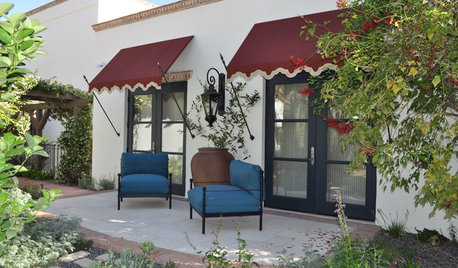
LIFECool Architecture for Hot Summers
Sun-repelling roofs, shades, windows and the natural flow of air can help your home weather heat waves
Full Story
BATHROOM DESIGNWarm Up Your Bathroom With Heated Floors
If your bathroom floor is leaving you cold, try warming up to an electric heating system
Full Story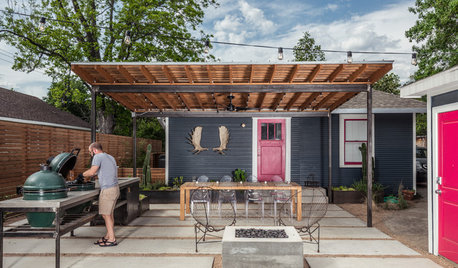
PATIOSA Modern Backyard Trumps the Texas Heat
New shaded areas offer a respite in an outdoor Houston living room, while a fire pit re-creates fond memories
Full Story






nathanhurst
butterflyskyOriginal Author
Related Professionals
Montgomeryville Landscape Architects & Landscape Designers · Norwood Landscape Contractors · Surprise Landscape Contractors · Braintree Landscape Contractors · Fort Hunt Landscape Contractors · Point Pleasant Landscape Contractors · Ridgewood Landscape Contractors · Webster Groves Landscape Contractors · Lauderdale Lakes Landscape Contractors · Goldenrod Landscape Contractors · Lockhart Solar Energy Systems · Glen Ellyn Solar Energy Systems · Orinda Solar Energy Systems · Swansea Solar Energy Systems · Azalea Park Solar Energy Systemsnathanhurst
Karen Pease
nathanhurst
butterflyskyOriginal Author
nathanhurst
hotdiggetydam
chris_in_iowa
nathanhurst
butterflyskyOriginal Author
hotdiggetydam
chris_in_iowa
oakhill (zone 9A, Calif.)
nathanhurst
numbersix
oakhill (zone 9A, Calif.)
numbersix
wawilkinson
sunworksco
buddy1114
sunworksco